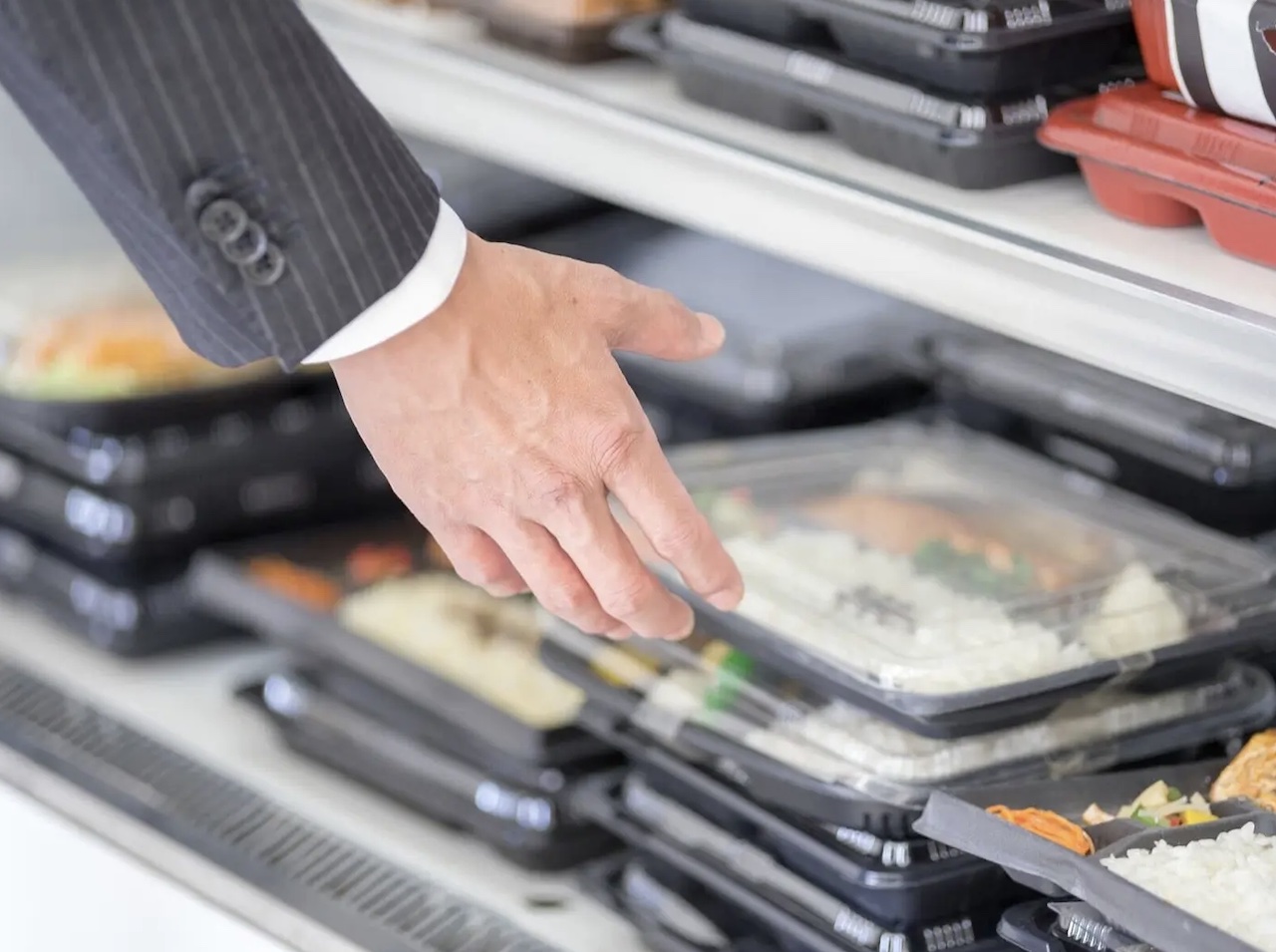TOKYO, Feb 08 (News On Japan) - Convenience stores have become increasingly popular for their diverse and satisfying meal options. However, if you choose poorly, you might end up with a lunch that can lead to weight gain. A registered dietitian offers advice on how to select a balanced convenience store lunch and highlights options that are more and less likely to contribute to weight gain.

Convenience stores, with their vast array of food products, are indispensable to busy modern life, and many people rely on them for lunch. But with such a variety of items available, it's up to the individual to choose between meals that can cause weight gain and those that contribute to a healthy diet.
Here, a registered dietitian explains how to choose a balanced convenience store lunch and provides examples of lunches that are more and less likely to lead to weight gain.
When choosing your lunch, combine a "main dish," "side dish," and "soup or salad"! The key to a balanced convenience store lunch is to select a combination of carbohydrates (rice, bread, or noodles) as your main dish, a protein (meat, fish, eggs, or soy products) as your side dish, and a vitamin, mineral, and fiber-rich option like salad or boiled vegetables. By consuming these nutrients, you can maintain energy and avoid gaining weight.
To assemble your menu smoothly, start by choosing your main dish, then select your side dish and soup or salad.
What should you pay attention to when choosing a main dish? Let's break it down by type: rice, bread, and noodles.
For rice, the recommended amount is about 150-200g for an adult. This equates to two rice balls or one pack of ready-to-eat rice. Be careful with convenience store bento boxes or rice bowl dishes, as they often contain more than 200g of rice. When choosing rice balls, opt for those with protein-rich fillings like salmon or meat, or mixed rice with seaweed, kelp, or hijiki to increase your fiber and mineral intake.
When selecting bread, avoid dessert-like options such as cream-filled or chocolate bread, which are high in sugars and fats. Instead, sandwiches with egg, tuna, or teriyaki chicken are recommended for their protein content, and those with lettuce or tomato can provide vitamins, minerals, and fiber.
For noodles, choose dishes with a variety of toppings, like cold Chinese noodles or champon. When opting for cup noodles or udon/soba, add a side like pork shabu salad or steamed chicken salad to increase your protein, vitamin, and mineral intake.
Three convenience store lunches that are likely to lead to weight gain:
1. Cup noodles + rice ball: This combination leads to an excess intake of carbohydrates. 2. Fried chicken bento: These often contain more than 200g of rice and a high amount of fats. 3. Large serving of pasta: Large portions can lead to excessive carbohydrate intake and often lack other nutrients.
Three convenience store lunches less likely to lead to weight gain:
1. Rice ball + salad + cup of miso soup: This combination provides a balanced intake of nutrients. 2. Sandwich + salad + cup of soup: Similar to the first combination, this provides a balanced diet. 3. Cold Chinese noodles: A dish that includes a main, side, and soup or salad in one, typically lower in fats.
By making informed choices, you can use convenience store lunches to support a healthy diet. Keep these points in mind to benefit your daily eating habits.
Source: MDPR















